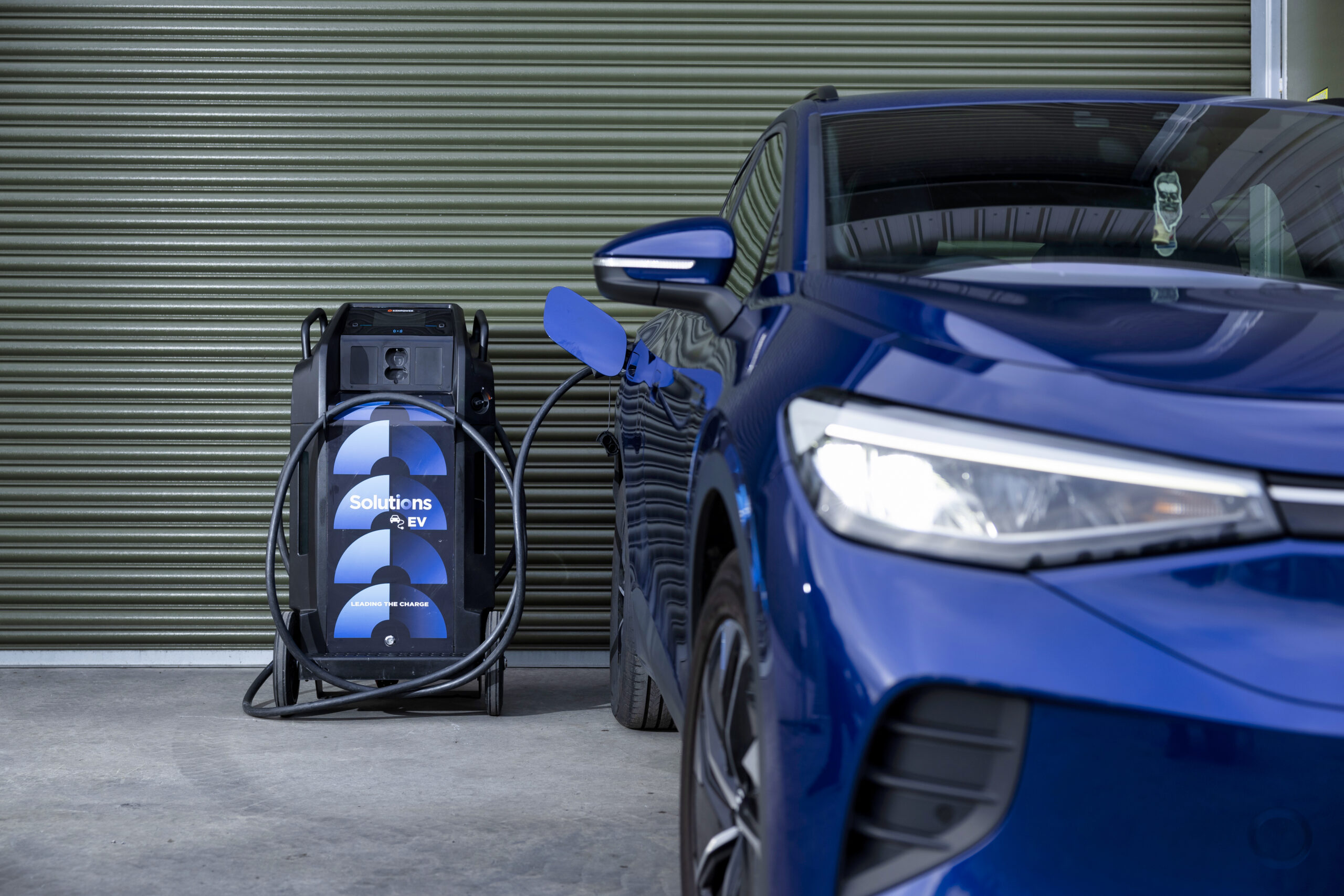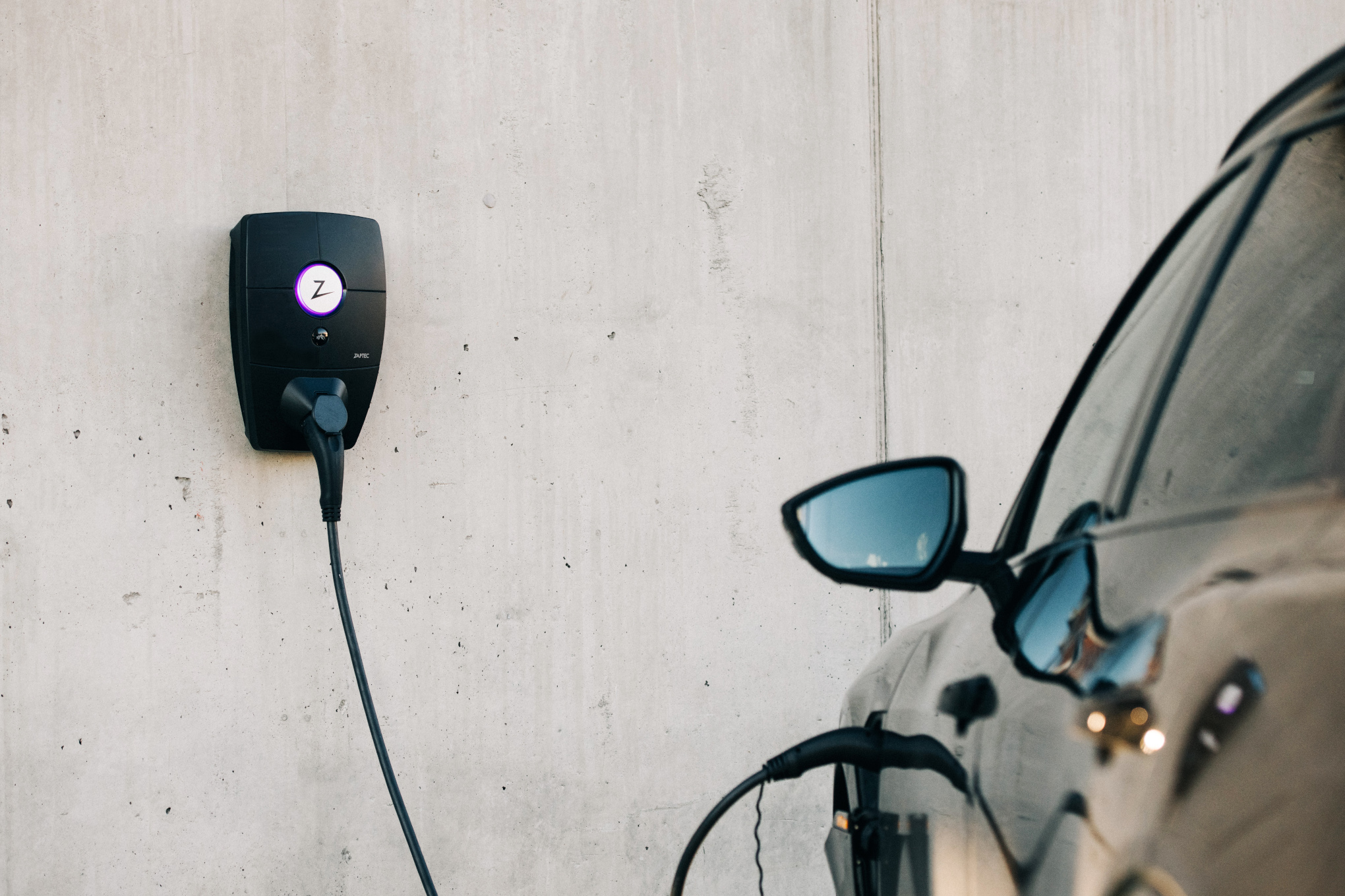
An increasing number of European countries are currently implementing policies to ban the sales of new petrol and diesel vehicles. These measures come as part of an important strategy to reduce greenhouse gas emissions and protect the environment.
For instance, in Norway, the National Transportation Plan requires that, by 2025, all new passenger cars should be zero-emission vehicles. This requirement instantly puts electric and hybrid cars in the spotlight; and correspondingly, the infrastructure that is required to charge them.
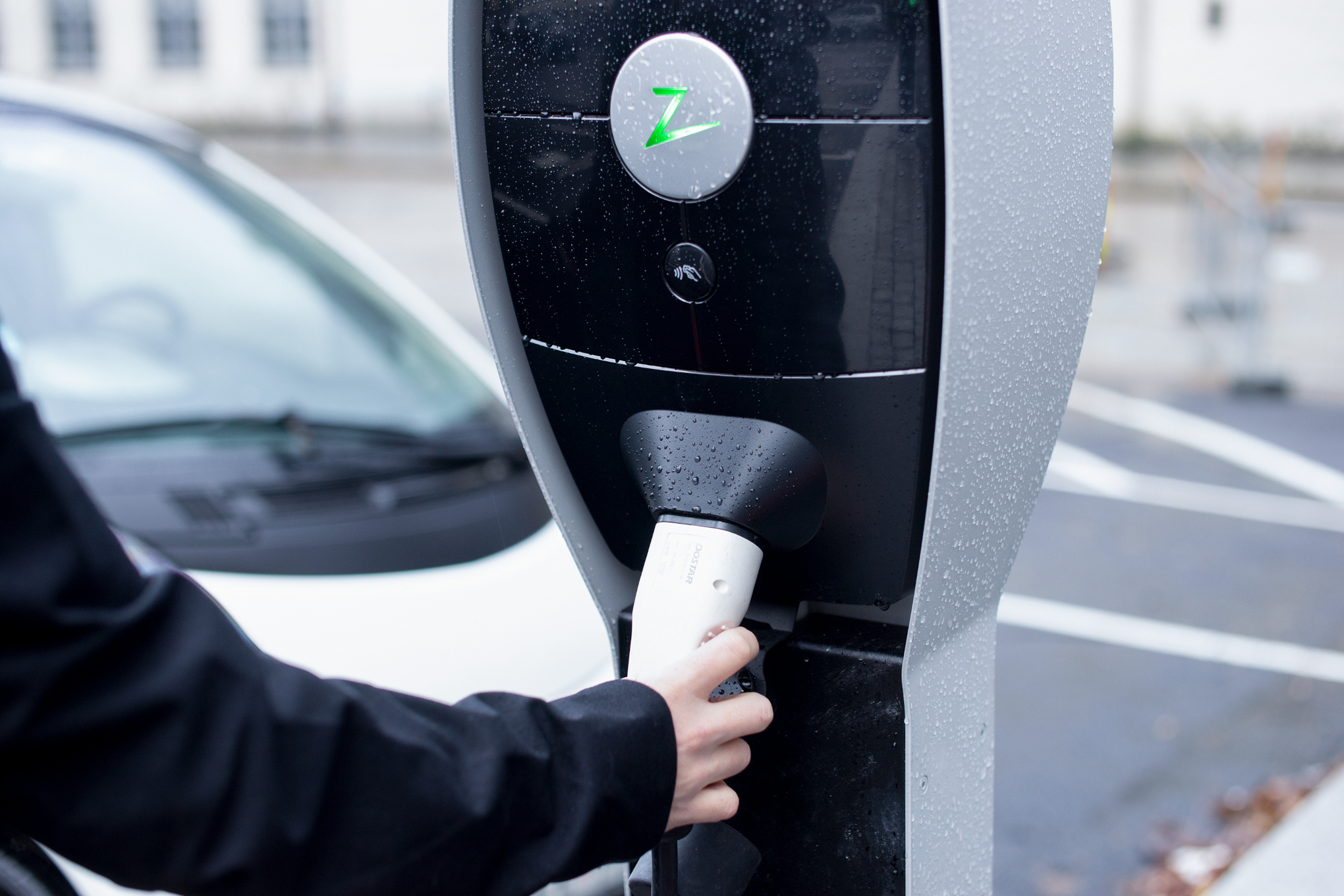
In Ireland, by 2025, new non-residential buildings require to have at least one recharging point for every ten parking spaces. This requirement comes ahead of the ban that the country is enforcing in 2030.
The purchase of electric cars in 2022 has already significantly bumped up:
To ensure compliance is reached in time, businesses, parking owners and landlords also need to get ready to meet the ever-rising demand from EV users. Sustainability, cost-efficiency, and project acceleration are significant factors when installing electric vehicle charging infrastructures.
** Data collected by the Society of the Irish Motor Industry (SIMI) up to January 2022 – Over 25,000 New Cars Registered in January, significant growth for electric and hybrid vehicles | SIMI
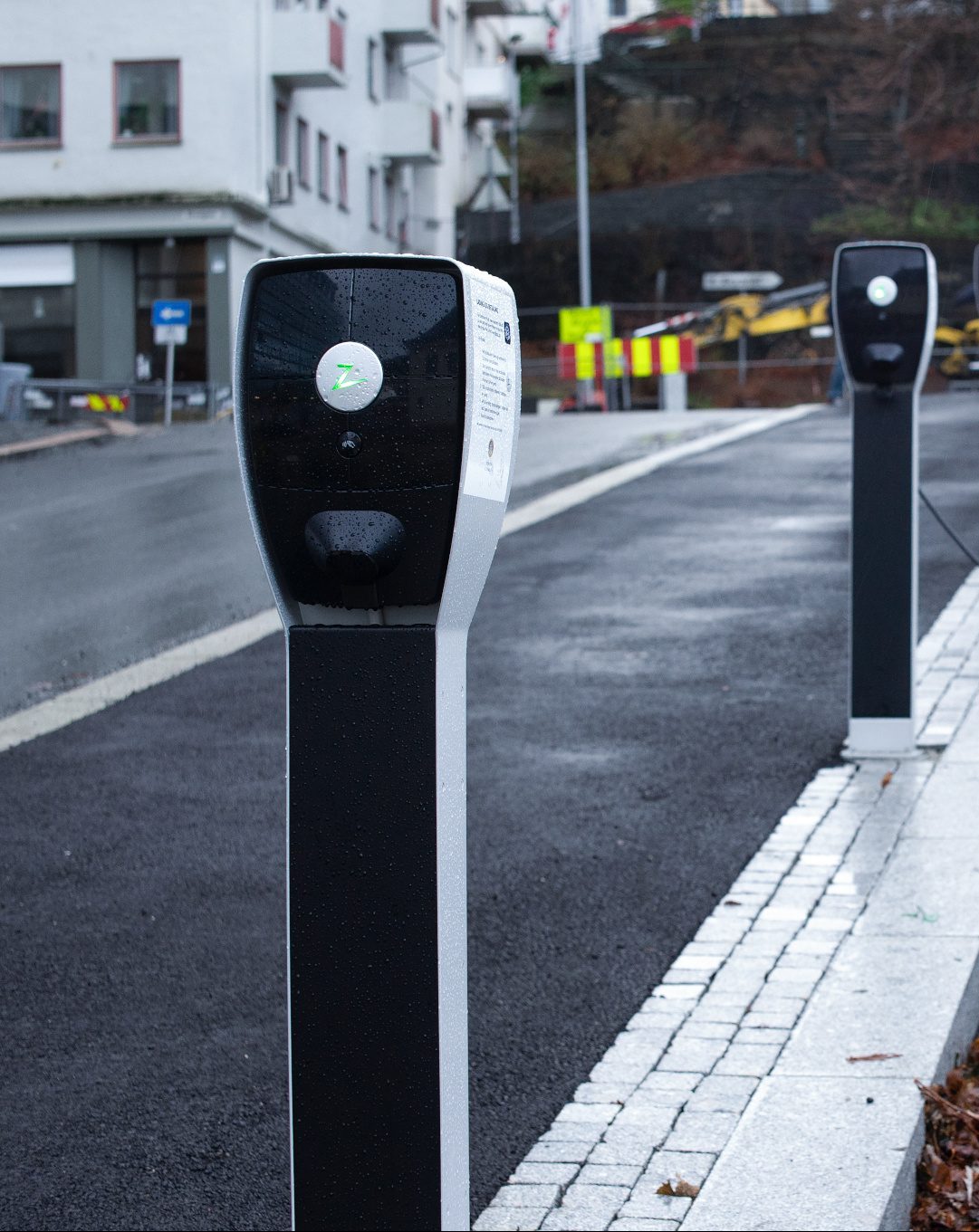
EVs are becoming more and more popular. The market is awash with companies offering chargers and charging systems. As new ones are regularly popping up it is getting harder to know which model to choose!
Here are some of the typical concerns raised when selecting an electric vehicle charging station solution:
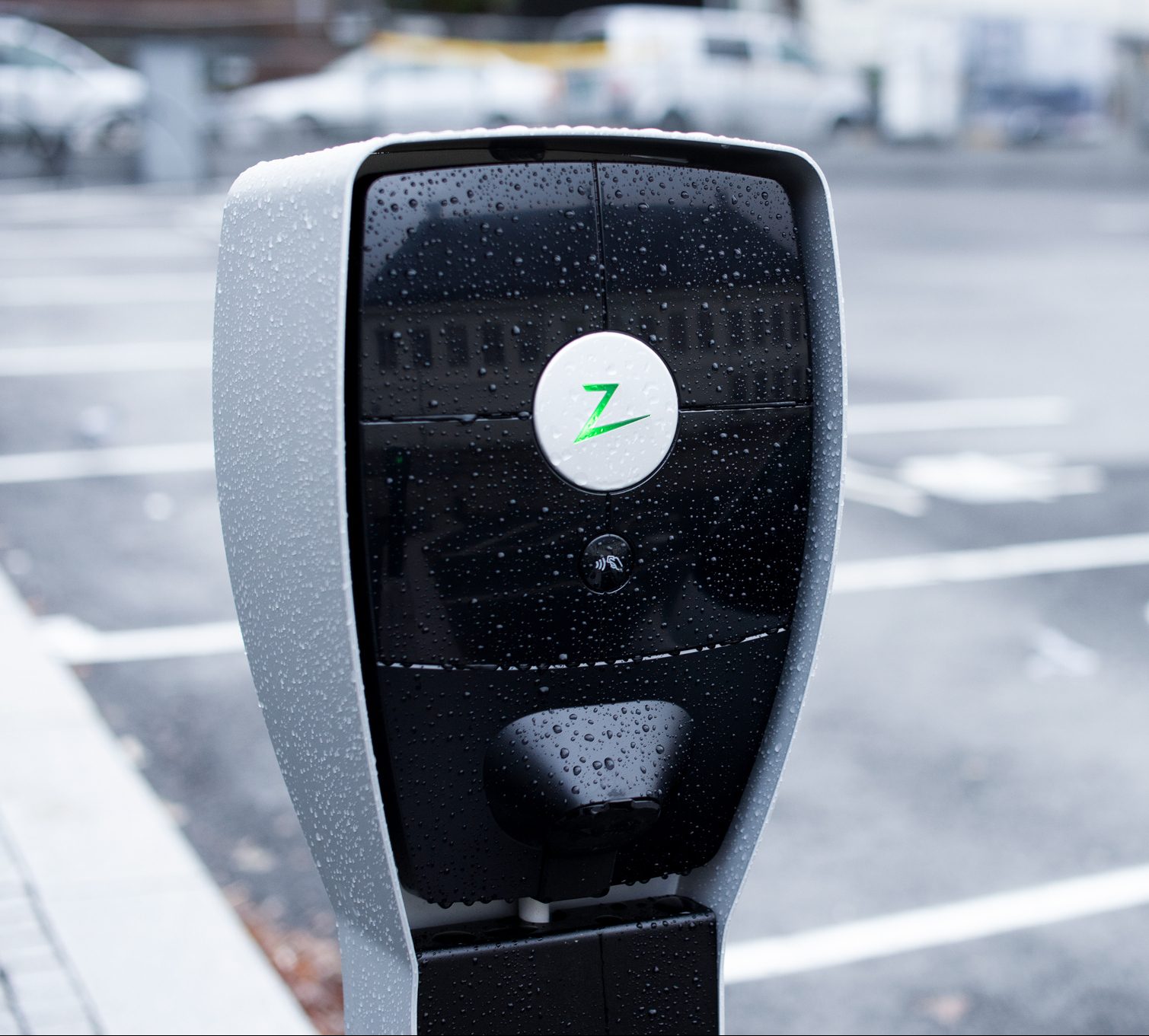
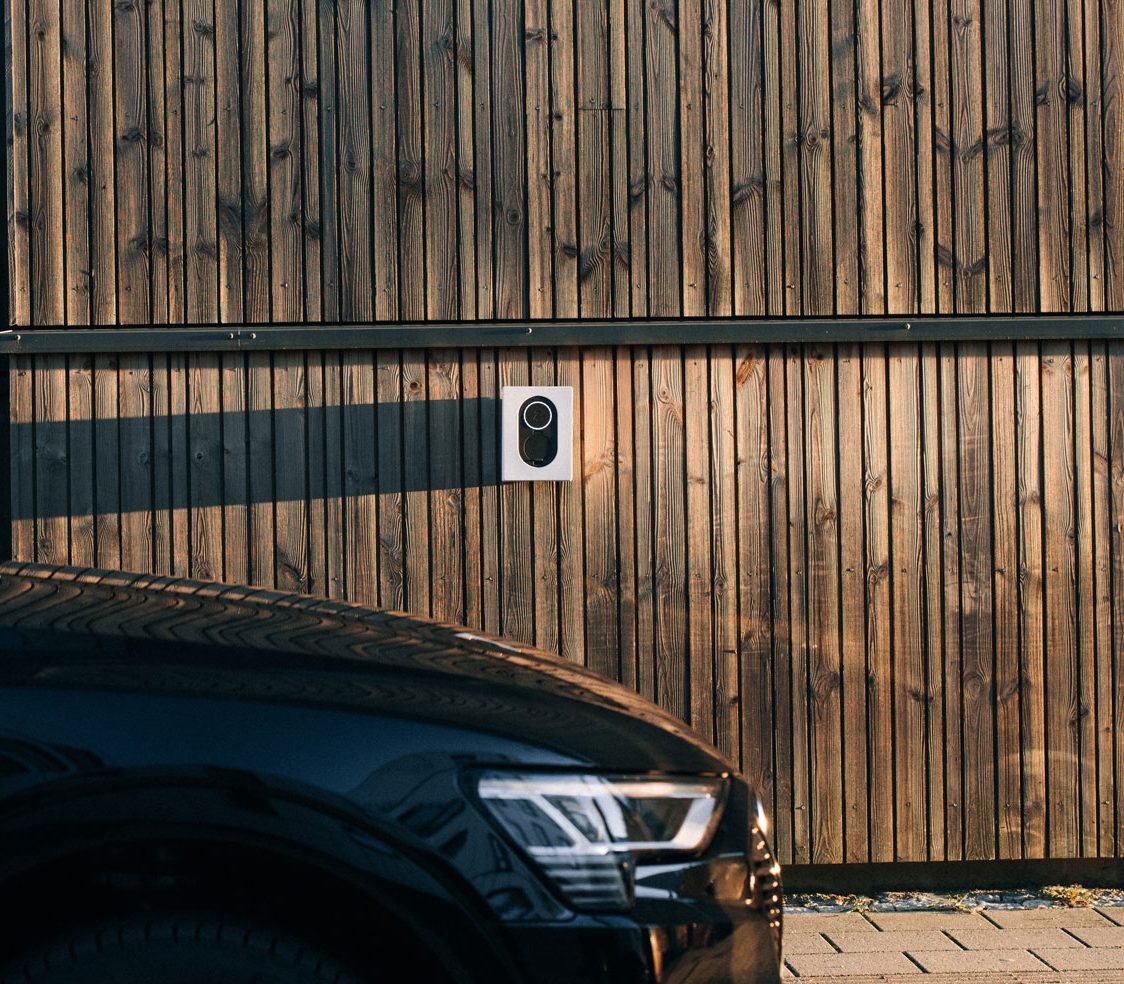
To tackle all of the above problems, Core Solutions has, in fact, developed a unique electric vehicle charging system. We combine innovative flat cables from Woertz with charging stations from Zaptec, to create an elaborate system suitable for your parking needs.
ZapCharger Pro is the most advanced charging station solution on the market. It comes with a 5-year warranty and free access to the cloud-based portal.
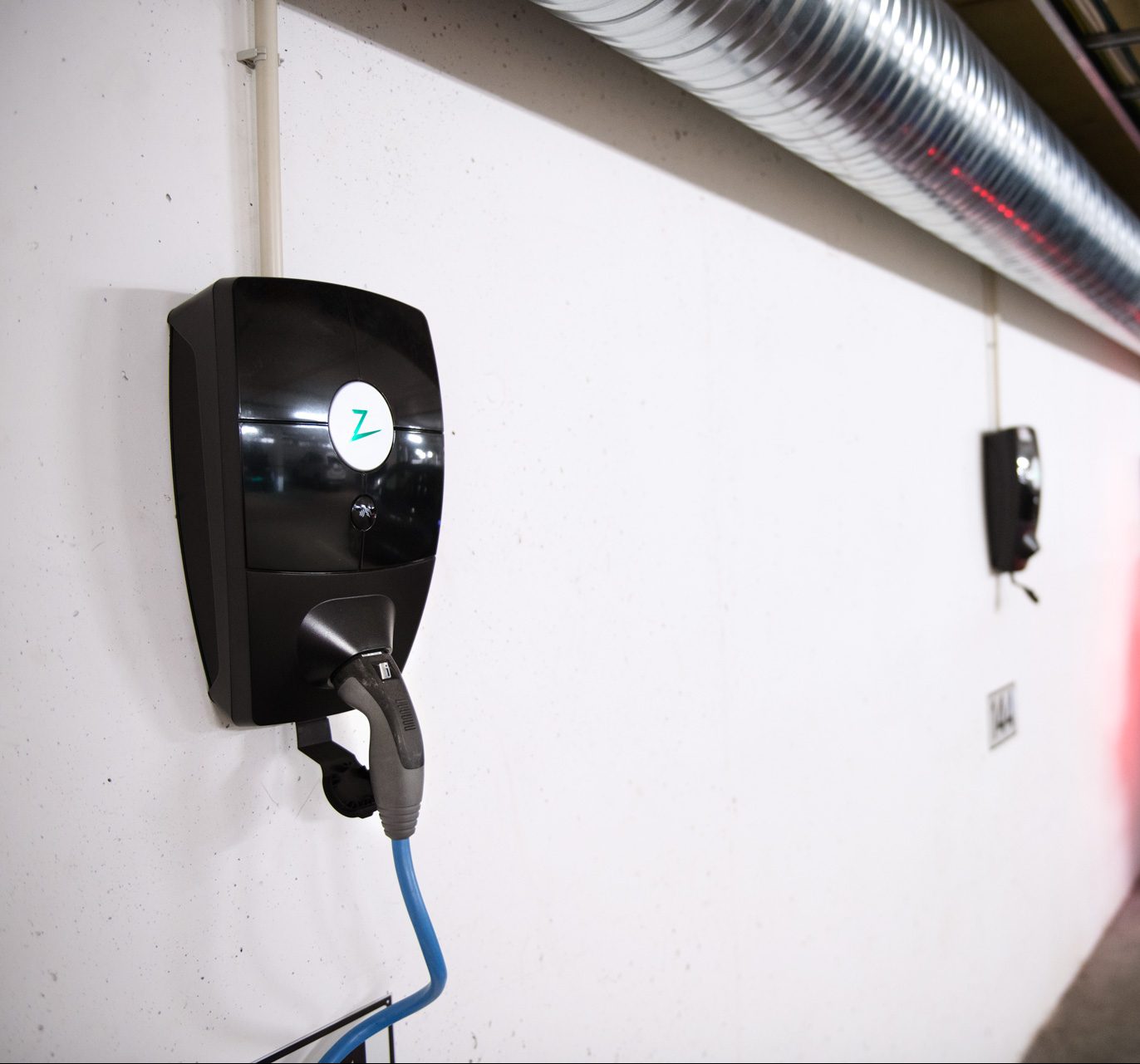
We design the system based on an intelligent cabling system that uses flat cables to create a distribution circuit. The flat cable system seamlessly connects all the stations in place of conventional wiring. To make EV charging available for all users, the system only requires one single cable with electricity and communications for all charging stations. No cable interruption, no stripping, no waste, less containment, no special tools required, therefore avoiding any phase crossing mistake. Just a flexible, extendable, and easy to install infrastructure which evolves as you need
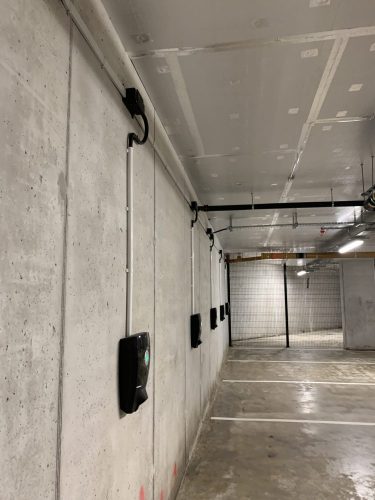
Once the flat cable system is in place, the clip-in backplates plug directly to the wall- or column-mounted charging station, as needed. For this reason, customers can choose the most optimal solution for their own scaling needs. A single 63A 3 phase circuit can support the charge of up to 100 electric cars over a 24-hour period.
Once you get your infrastructure installed, you can decide to add the charging stations with branching boxes at any location. Even better, non-certified personnel can easily do the installation on the existing infrastructure, providing total flexibility and cost-efficiency.
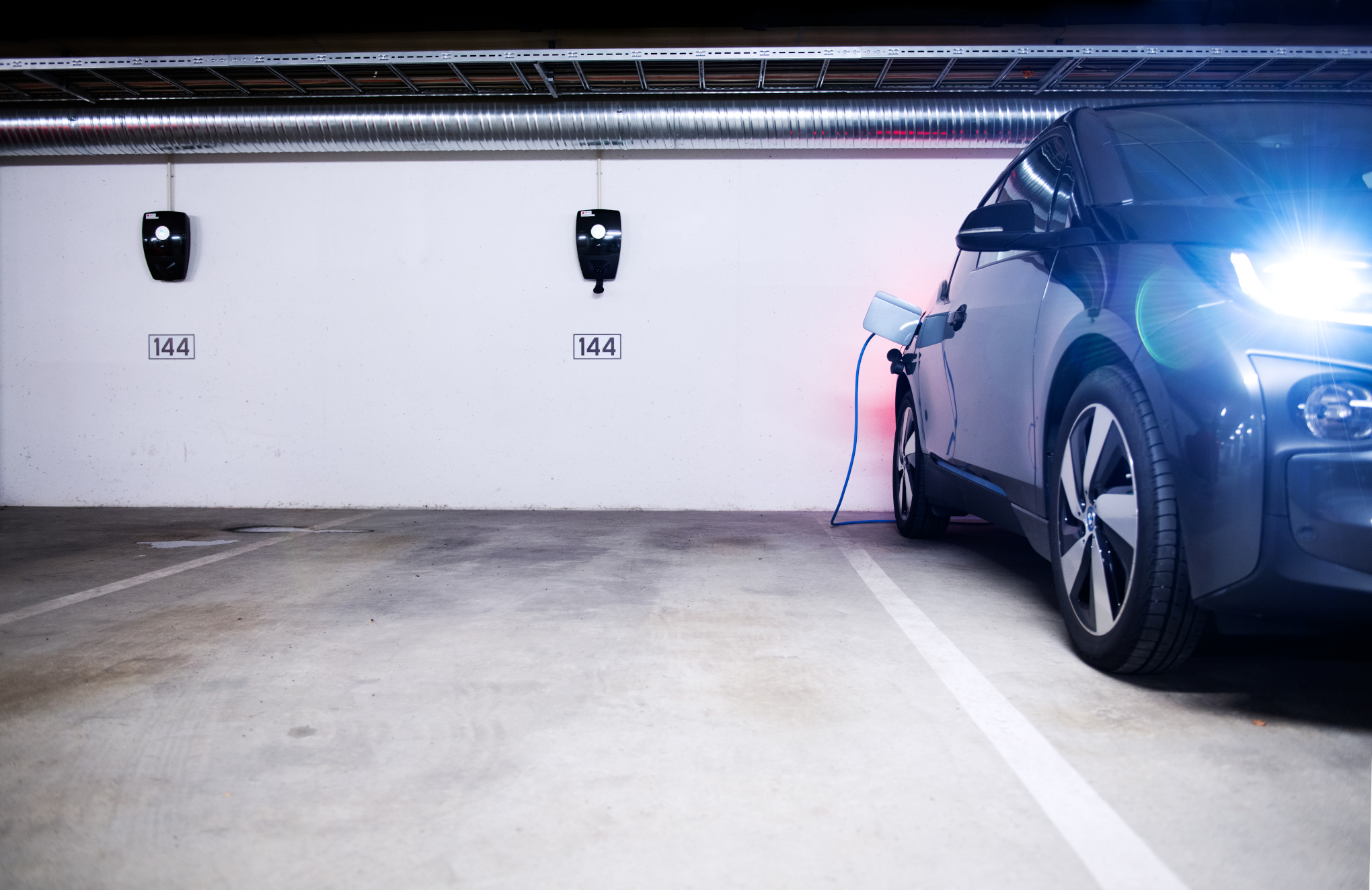
No additional work or investment in the fuse cabinet, cabling or extra equipment are required to scale the existing setup with charging stations. We connect new charging points to the existing infrastructure.
The hardware connects to a cloud solution for advanced configuration, monitoring, load balancing algorithms and more functionalities. Users of different levels get free access to these functionalities through a portal. Multiple users can share a single charging station, thanks to the user authentication configured using RFID tags or an app. This administrator tool helps save on operational costs for energy- and power-based tariffs and ensures a fair use for everyone.

We design and supply high-quality, scalable, future-proof EV charging solutions, using components exclusively supplied by our world-leading brand partners.
